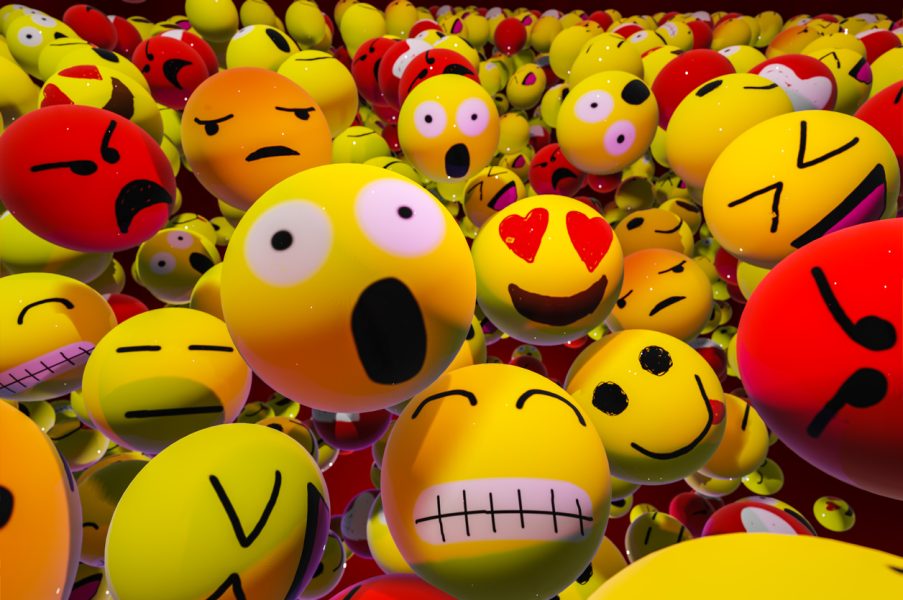
Emoji Day 2022: What's the rolling eye, the wink, and the flying kiss?
With Emoji Day celebrated each year on July 17, it would be interesting to know that emojis enjoy varied interpretations not just across the globe but within the same country as well

With texts becoming shorter every coming day, emojis have emerged as a big save. Replacing the ‘texting lingo’, emojis as non-verbal cues convey messages in a shorter span of time and appear full of life. Bland texts have given way to a multitude of lively expressions. No doubt they have become the most popular form of communication over social media platforms.
With ‘Emoji Day’ celebrated each year on July 17, it would be interesting to know that emojis enjoy varied interpretations not just across the globe but within the same country as well.
Slack-DuoLingo survey
Slack paired up with DuoLingo to survey 9,400 hybrid workers across North America, Asia and Europe to see how individuals perceive emojis.
The survey found that while generic emojis representing joy, laughter, sorrow, and grief were interpreted uniformly, emojis representing money, few fruits and vegetables were understood differently among people. Some new additions to the emoji family also seem to be invoking different responses.
Also Read: Your WhatsApp groups can now have 512 members
As per the survey, the top three confusing emojis were overflowing tear emoji, flying kiss emoji and peach fruit emoji, leaving 36 per cent of Indian respondents confused.
The rolling eye emoji which pops up frequently on chats is viewed in two different ways. While 46 per cent of people read it as “I see you”, 27 per cent of people use it to convey “I am looking at this.”
While 41 per cent of people take the ‘bundle of cash’ emoji as a sign of receiving money, 40 per cent of them use it to show hope for money. A small 14 per cent of respondents also view it as a loss of money.
The winking emoji also invoked varied responses. While 44 per cent of people use it to convey a joke, 28 per cent of them use it while flirting whereas the remaining 26 per cent use it for private jokes.
Between food and flirting
The most controversial emoji that emerged is the eggplant emoji which seems to receive extreme reactions in the digital landscape. While 36 per cent take it as a literal representation of the fruit, 28 per cent of people take it as a symbol of dirty flirting. A small 16 per cent use the emoji to convey they are hungry.
Jing Ge, a Postdoctoral Research Fellow at UC Berkeley, in an interview, observes that when emojis are used together, they can become a complete thought and work like a language. She also emphasized the use of emojis among patients who find it easier to express themselves through emojis. Similarly, she says that people with trauma also benefit from the use of emojis as they are more expressive than words.

